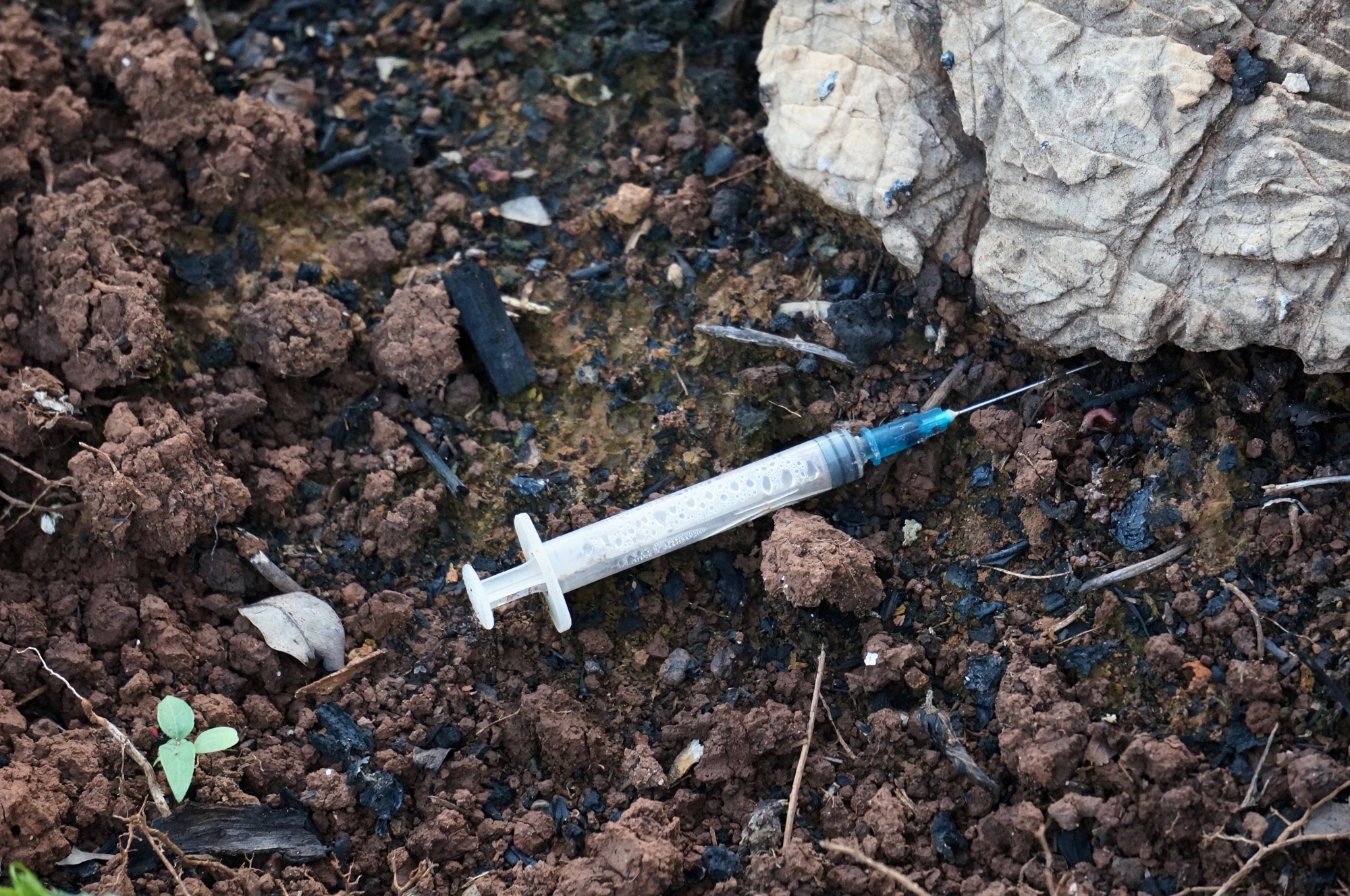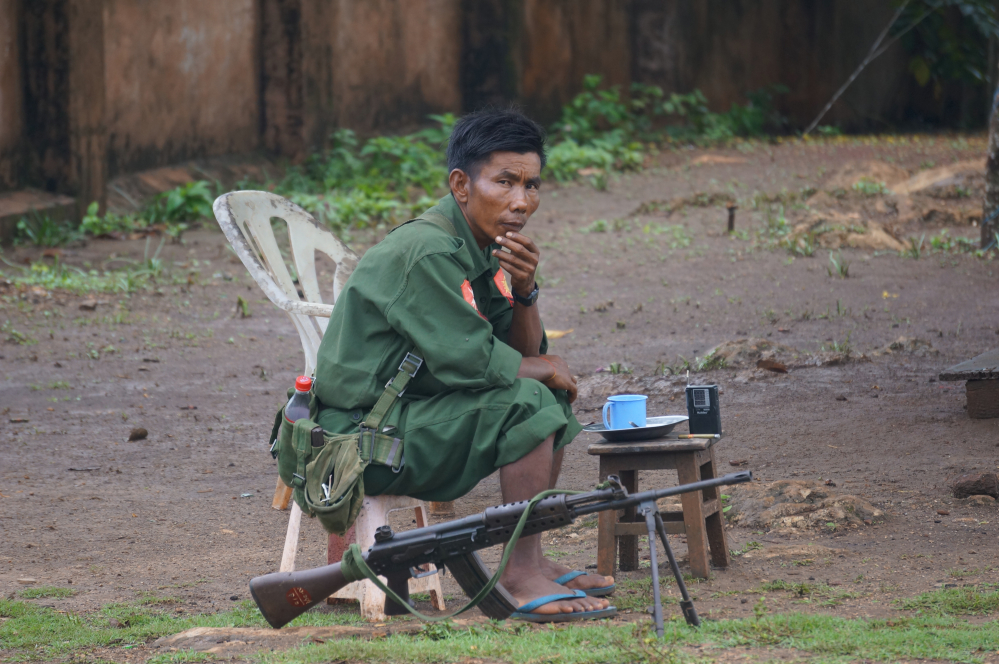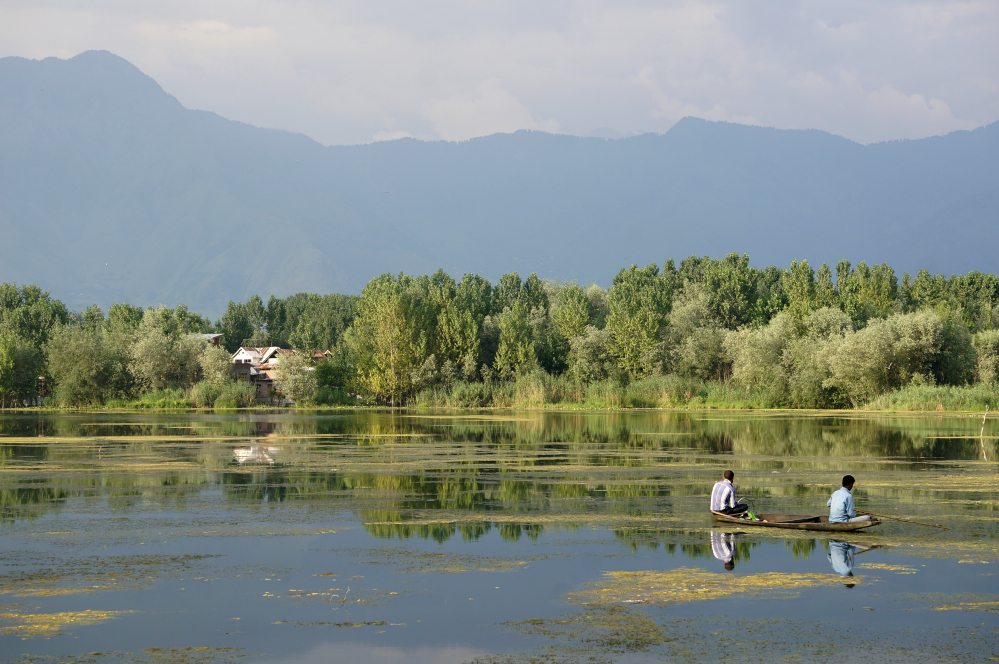Unfortunately for the Ta’ang people, the militarisation of the state has renewed conflict between the Burmese military and the ethnic liberation forces. I see the effects of this conflict in Lashio regularly. One day I arrive at work and find the office full of Ta’ang villagers fleeing violence in the north of the state. Another morning, on my way to work, despondent Kachin villagers sit in the backs of pick-up trucks out the front of the Kachin Baptist Church hoping for assistance.
“The fighting is between the central government of Burma and the Karen, Kachin, Arakanese and Ta’ang liberation armies,” Mr Mai tells me. He then corrects himself and says: “The conflict is actually between the liberation armies and the militia who run the opium fields in Shan state but the Burmese military and government control the militia. It’s complicated.”
‘Still Poisoned’ (2011), a PWO publication, claims that since the Northern Shan State came under military control opium cultivation has increased. This coincided with the 2010 Burmese democratic elections, the first in 30 years. Local paramilitary leaders, some elected into Burma’s new parliament, were being allowed to cultivate and profit from drugs in return for helping the regime suppress ethnic resistance forces in Burma’s escalating civil war. PWO names the most prominent militia leader and drug lord in the area, ‘Pansay’ Kyaw Myint, from the military-backed Union Solidarity and Development Party, elected as an MP for Namkham in November 2010; and claim that he promised voters that they could grow opium freely for 5 years if they voted for him. The PWO claims that much of the new cultivation of opium occurs in villages that are under the control of government paramilitary ‘anti-insurgency’ forces, which are directly profiting from the opium trade, and that opium cultivation across 15 villages in Namkham Township increased by a staggering 78% within two years.
While I am in Lashio, two journalists I met were taken by militia while filming opium fields. They were lucky to be released.
“The Ta’ang Liberation Army used to minimise the impact of drugs on the local community,” Mr Mai tells me. “They burned millions of dollars worth of drug fields. The government allowing opium to grow has a huge impact on the local people who become addicted to the drugs and become drug smugglers.”
Mr Mai takes me to a stone garden in Lashio, an outcrop of rock on the outskirts of a small group of Ta’ang houses. He points out caves where drug addicts live. Used pipes and bongs and needles litter the ground. We even find needles in the crops, metres from where children are playing. In one Ta’ang village, PWO found that 91% of males aged 15 and over were addicted to drugs. Drug addiction is causing huge problems for Ta’ang families, with women and children bearing the burden of increased poverty, crime and violence. Meanwhile, PWO claims that government troops, police and militia continue to openly tax opium farmers, and to collect bribes from drug addicts in exchange for their release from custody.
Mark worked in an unpaid voluntary capacity teaching English to the Ta’ang Students Youth Union in the Northern Shan State of Burma in May and June 2015.



